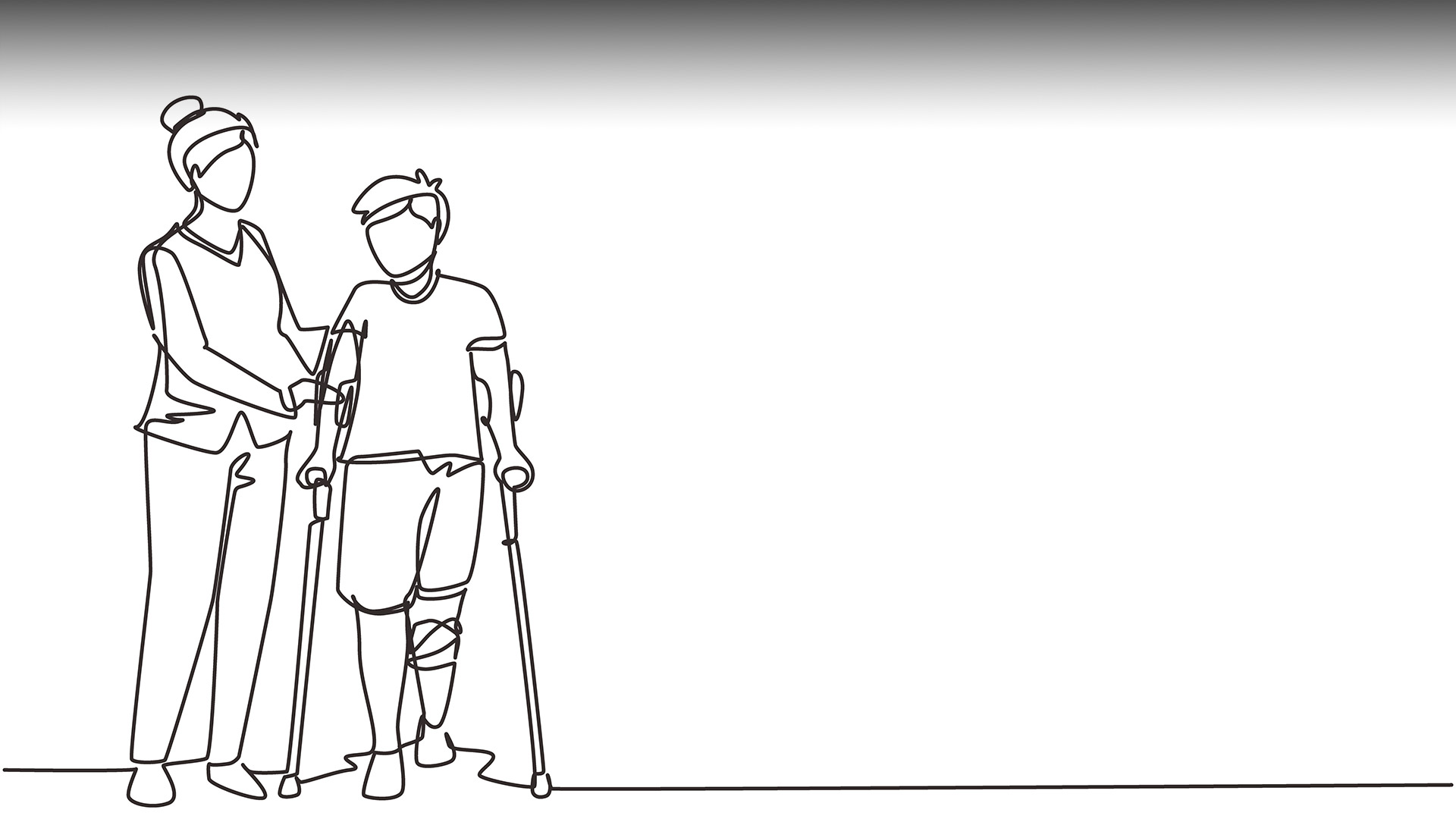Association of Rehabilitation Nurses’ Innovation: Competency Model for Professional Rehabilitation Nursing
Learn how the ARN’s Competency Model (CM) is an innovative contribution to the nursing profession and a model for other specialty organizations. Learn how this innovative competency revision is advancing nurse-led interventions, that focus on the understanding of the worldview of individuals who are culturally different, reflecting a multicultural approach, and global reach.
Jill Rye, DNP, RN, CCRN, CNL, FARN
President, Association Rehabilitation Nurses
Over four decades, ARN’s journey, has been one of progressive and deliberate dedication from extraordinary specialty nurses to define our scope and standards of practice, conduct research to quantify aspects of our roles and impact, and detail core knowledge as a nursing specialty. In 1981, ARN published its first rehabilitation nursing comprehensive compendium: Rehabilitation Nursing Core Curriculum. Our pursuit of specialty designation was then completed through observational studies of the practice of rehabilitation nursing and job analysis, which set the stage for certification. The designation of Certified Rehabilitation Registered Nurse (CRRN) was launched in 1984, a hallmark of ARN and rehabilitation nurses, recognized by ANA.
Throughout the years, ARN’s knowledge base, scientific contributions, and evidence-based practice continued to evolve. In 2013, the ARN Board of Directors commissioned a task force comprising experts representing clinical and academic settings to embark on a journey to develop an evidence-based framework that would guide professional rehabilitation nursing practice. The task force discussed, debated, and reviewed all facets of modern rehabilitation nursing. The resulting innovative model, the Competency Model for Professional Rehabilitation Nursing, was validated by member review and comment, and then approved by the Board of Directors.
ARN released this innovative theoretical practice framework as a best-selling product, then published the methodology used to generate and validate this model as well as its structure and applications to practice, education, and research (Vaughn et al., 2016). This publication elevated ARN’s Competency Model (CM) to prominence as an innovative, unique contribution to the nursing profession and a model for other specialty organizations.
The Professional Rehabilitation Nurse Role, central core in this model, is surrounded by the domains and competencies for each domain. Four domains were created to highlight and define essential role competencies: Nurse-Led Interventions, Promotion of Successful Living, Leadership, and Interprofessional Care. The CM identifies 14 essential role competencies across these domains, with the competencies in each domain operationalized at three levels of proficiency—beginner (1–2 years), intermediate (3–5 years + CRRN), and advanced (5 years or more in varied roles, including educator, CNS, APRN, etc.). All competencies integrate rehabilitation nursing knowledge, skills, core values, and beliefs into rehabilitation nursing practice. Our CM was developed for all nursing services where rehabilitation nursing is practiced to establish core nursing competencies at the point of care, develop position descriptions and performance standards, and be infused into nursing schools’ nursing curriculum and continuing education products, which again includes our Core Curriculum.
Through ANA, an unexpected and exciting International Invitation was presented that ARN was perfectly positioned to accept and lead. In 2018, ARN President Michele Cournan was in attendance at an ANA meeting when ANA’s President Ernest Grant, PhD RN FAAN announced that the World Health Organization (WHO) was planning to convene a task force to develop an international rehabilitation competency framework to be used around the world—WHO’s Rehabilitation Competency Framework Task Force: Rehab 2030. It was a call to action, and Dr. Cournan responded to this call. WHO convened in Geneva in 2019, including a task force of 21 members from around the world. Dr. Cournan and Dr. Vaughn, Past ARN Presidents, were appointed to participate and were the only nurses in the group. ARN contributed and lead by example, already having ARN’s CM to influence WHO’s global product for rehabilitation across disciplines.
Updated this year, 2021, ARN’s revised CM will include the addition of a competency to Domain One, Nurse-Led Interventions, that focuses on understanding of the worldview of individuals who are culturally different, reflecting rehabilitation nursing’s multicultural approach and global reach. Another revision is the addition of the word “Intraprofessional” throughout the model and to the Domain 4 title which reflects the nursing peer collaboration and feedback process with other disciplines integral to professional nursing practice in the rehabilitation setting.
Colleagues, together we share the National Nursing Stage of influence, and through this forum, have the opportunity to share innovations. ARN welcomes the opportunity to further share our innovations with you, and is eager to learn of your competency models, along with opportunities to integrate rehabilitation principles throughout practice. By working together, nursing organizations share information, innovations, and opportunities, and collaborate to advance the nursing profession as a whole, while celebrating our specialty. ARN invites and welcomes your comments.
Reference
Vaughn, S., Mauk, K., Jacelon, C., Larsen, P., Rye, J., Wintersgil, W., Cave, C., & Dufresne, D. (2016). The competency model for professional rehabilitation nursing. Rehabilitation Nursing, 41(1), 33-41.
December 2021










